Description
Real-World Use & Application Scenarios
The ABB HC800 controller is widely used in industries where complex and large-scale process control is critical, such as power generation, oil and gas, chemical plants, water treatment, and manufacturing. These environments require fast, reliable, and scalable automation to optimize plant productivity, safety, and efficiency. The ABB HC800 thrives in such contexts by managing thousands of input/output points and executing real-time control for discrete, continuous, batch, and advanced control applications.
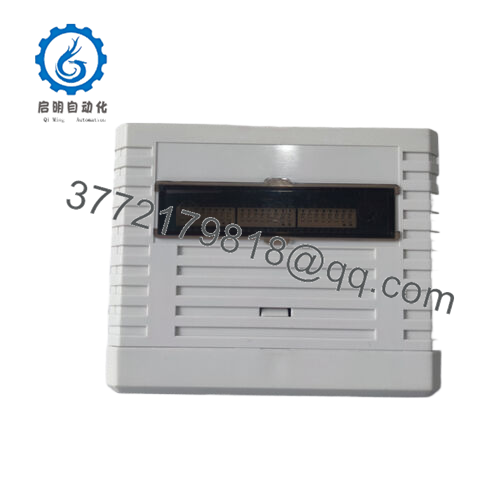
ABB HC800
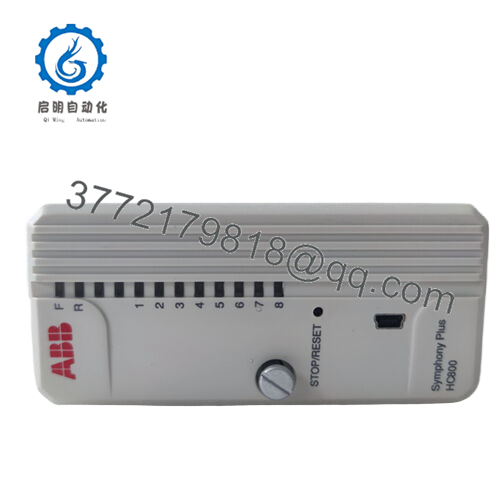
ABB HC800
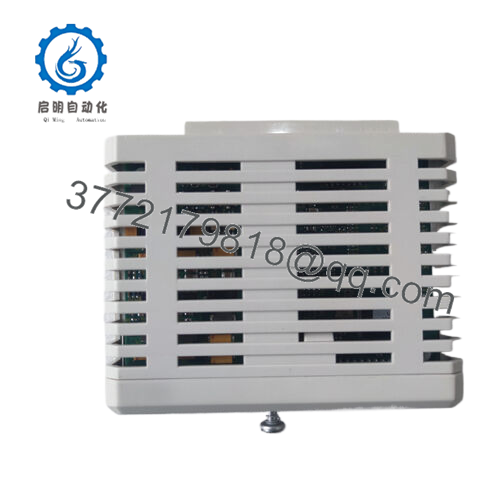
ABB HC800
Plants operating in harsh or safety-critical environments benefit from the robustness and flexibility of the ABB HC800, which handles demanding data and program-intensive tasks with ease. It is key in maintaining operational stability and efficiency through its ability to integrate diverse industrial devices such as smart transmitters, actuators, and intelligent electronic devices (IEDs). The controller supports seamless communication and integration across entire plant networks, making it fundamental in modern automated industrial architectures.
Product Introduction & Positioning
The ABB HC800 is a modular, high-capacity process automation controller forming the core of ABB’s Harmony Process Automation family. It features a multi-core processor architecture designed to deliver swift execution of control strategies and handle real-time data-intensive applications. Compatible with ABB’s SD Series and S800 I/O systems, the ABB HC800 provides exceptional flexibility and scalability to meet a wide range of process automation needs.
This controller supports multiple control languages, including ABB’s function codes, C programming, and Batch 90, enabling customized and complex control solutions. Its platform is engineered to integrate with an extensive ecosystem of industrial protocols such as Modbus TCP, PROFIBUS DP/PA, HART, and OPC UA, facilitating connectivity with third-party devices. Engineers appreciate the ABB HC800 for its blend of high performance, configurability, and dependable operation across complex industrial networks.
Key Technical Features & Functional Benefits
The ABB HC800 controller boasts dual ColdFire 32-bit processors running at 256 MHz, enabling the execution of closed-loop control for over 5,000 I/O points within 250 milliseconds. Its scalable modular design supports up to 256 local or remote I/O modules, which facilitates easy system expansion. The controller is noted for its energy-efficient operation suitable for sealed enclosures without requiring forced cooling, enhancing reliability by reducing mechanical failure points.
Safety and redundancy are integral to its design, featuring hot-standby controller redundancy and I/O module redundancy to minimize downtime and ensure continuous process oversight. The controller environment supports comprehensive programming with graphical design tools and a vast library of proven function code algorithms. Its robust communication capabilities include multiple Ethernet ports, serial connections, and built-in synchronization protocols, making it effective in large-scale plant network integration.
With a compact DIN-rail mounted form factor and industrial-grade design, the ABB HC800 withstands harsh environments, supporting a wide temperature range and strong immunity against electromagnetic interference and vibration. This makes it particularly suited for critical applications in power plants and process industries with stringent operational demands.
Detailed Technical Specifications
| Parameter | Value |
|---|---|
| Model | HC800 |
| Brand | ABB |
| Product Type | High-Performance Process Controller |
| Processor | Dual ColdFire 32-bit, 256 MHz |
| I/O Capacity | Supports over 5,000 I/O points |
| Expansion Capability | Up to 256 local/remote I/O modules |
| Programming Languages | Function Code, C, Batch 90 |
| Communication Protocols | Modbus TCP, PROFIBUS DP/PA, HART, OPC UA, Ethernet, Serial Ports |
| Power Supply | 24 VDC, supporting redundancy |
| Operating Temperature Range | 0°C to 70°C |
| Storage Temperature Range | -40°C to 85°C |
| Dimensions (W×H×D) | 124 mm × 186 mm × 127 mm |
| Weight | Approximately 0.96 kg |
| Certifications | CE, UL, SIL2/3 certified |
| Mounting | DIN-rail mounted |
| Protection | Resistant to dust, vibration, electromagnetic interference |
Related Modules or Compatible Units
ABB CP800 – Communication processor module designed to work alongside HC800 for network integration.
ABB MB810 – Mounting base for HC800 and CP800 modules, supporting power and communication ports.
ABB S800 I/O Modules – Intelligent I/O modules compatible with HC800 for extensive automation flexibility.
ABB Harmony Batch 90 – Software suite supporting batch control on HC800 systems.
ABB CI856 – Communication interface module for linking HC800 with industrial networks.
ABB PM867 – Redundant power and processor modules enhancing HC800 system reliability.
Installation Notes & Maintenance Best Practices
Before installing the ABB HC800, it is crucial to ensure proper DIN-rail space, ventilation, and stable 24 VDC power supply with redundancy if required. Proper grounding and shielding of communication and I/O cables are necessary to minimize electromagnetic interference and ensure signal integrity. The modular design enables easy replacement or expansion, but care must be taken to maintain system connectivity during hardware changes.
Maintenance includes regular visual inspection of connectors and module status LEDs to detect faults early. Periodic software diagnostics and firmware updates enhance system stability and performance. Integrators should keep spare modules and ensure that backup configurations are available to minimize downtime in case of hardware failure. The controller’s robust design reduces maintenance frequency, contributing to long-term system availability and efficiency.



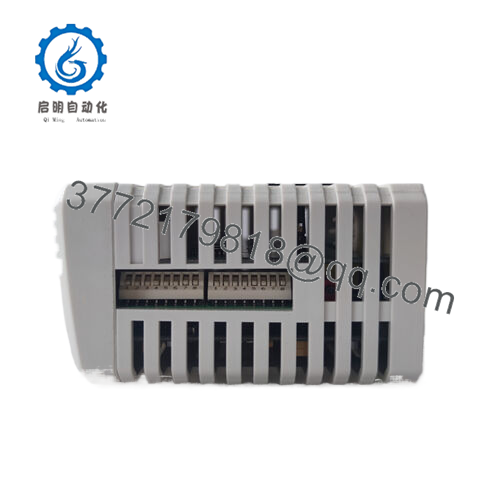
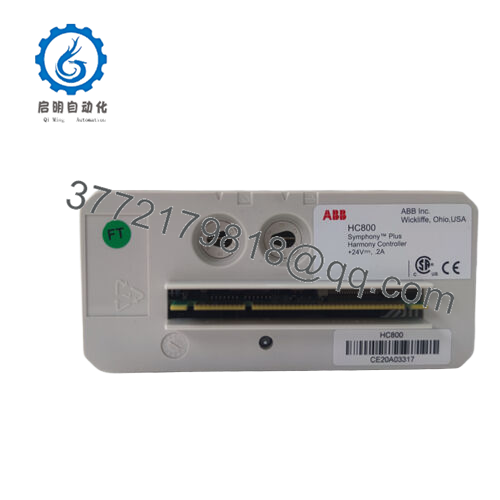
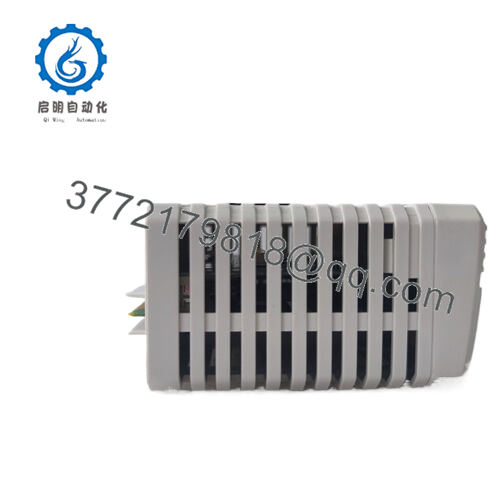
 WhatsApp: +86 16626708626
WhatsApp: +86 16626708626 Email:
Email:  Phone: +86 16626708626
Phone: +86 16626708626


